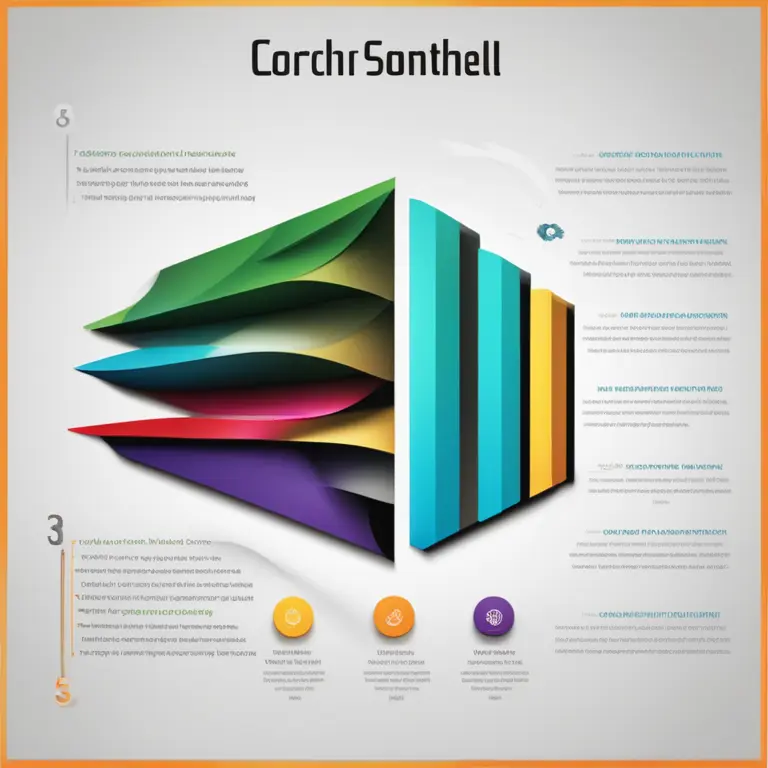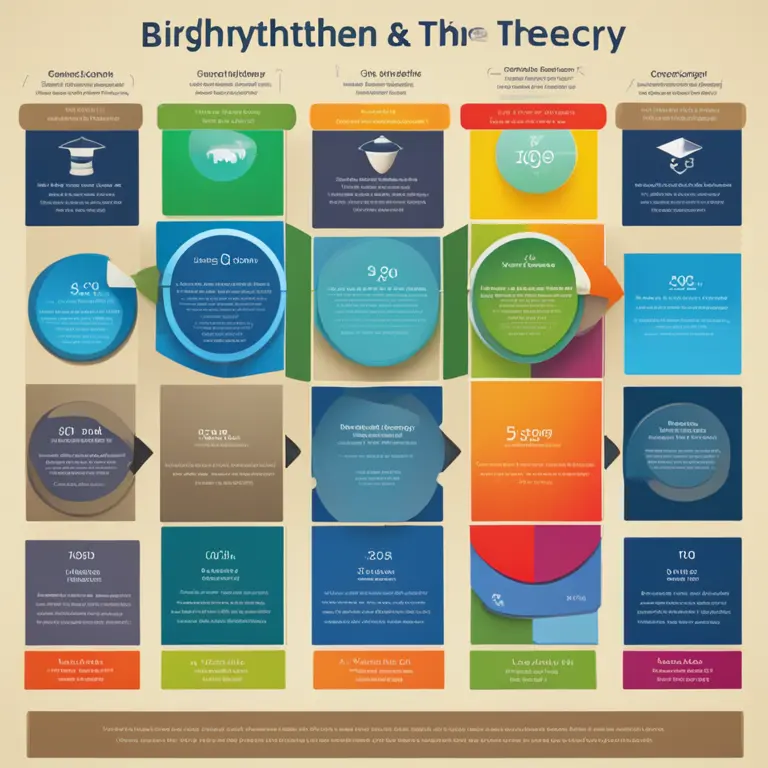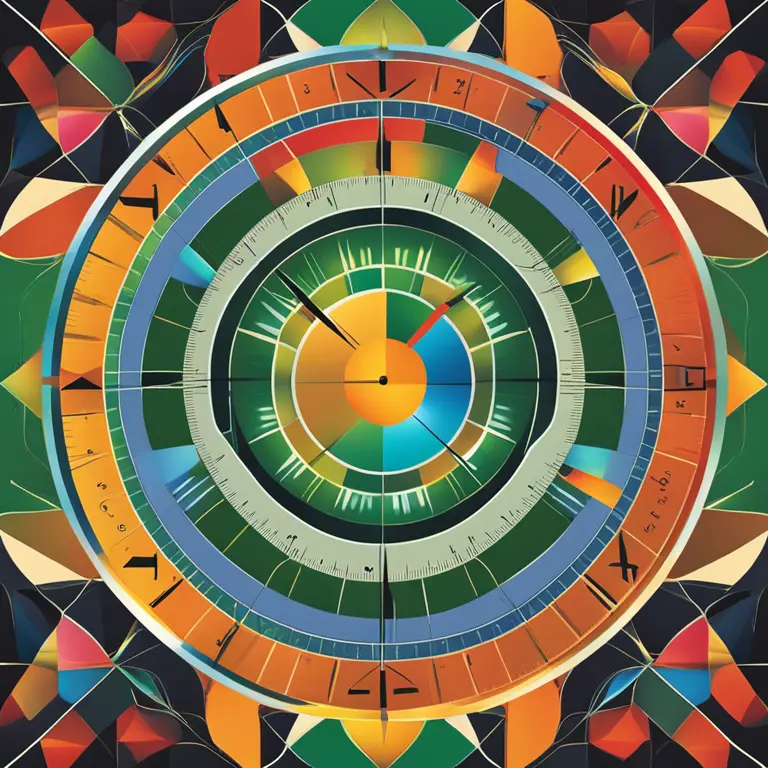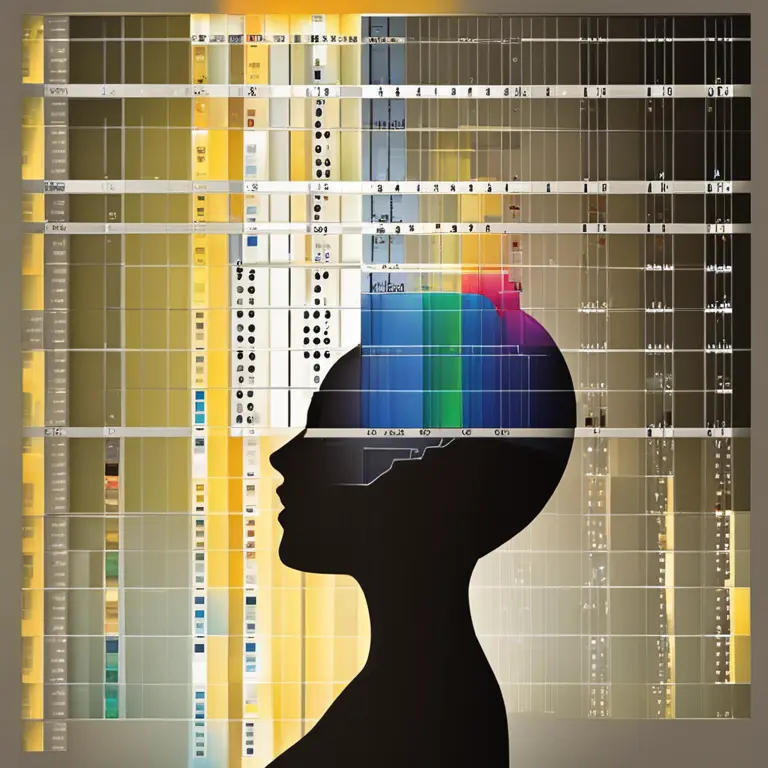
The Rhythms Within: Insights into Biorhythm Theory
Delve into the intricacies of biorhythm theory and discover how it proposes to predict various aspects of an individual's life through biological cycles.
article by Adrian Wallace
The Birth of Biorhythm Theory
The concept of biorhythms first emerged in the late 19th century, when Dr. Wilhelm Fliess observed recurring patterns in his patients' illnesses and triumphs. He proposed that human life cycles move in predictable patterns from the moment of birth. Later, Alfred Teltscher, a teacher and psychologist, noticed fluctuations in his students' academic performances, which he correlated with a 33-day intellectual cycle. These pioneering observations laid the groundwork for what would be known as biorhythm theory—a system used by some to forecast the dynamic interplay of physical, emotional, and intellectual states.

Understanding Your Biorhythms
Biorhythm theory posits that three primary cycles influence our lives: the 23-day physical, the 28-day emotional, and the 33-day intellectual cycles. Each cycle oscillates between positive and negative phases, purportedly impacting our capabilities and well-being. For instance, when your physical cycle is peaking, you might experience heightened stamina and well-being, whereas a trough in your emotional cycle may correlate with moodiness or emotional stress. The theory extends to suggest that critical days, when a cycle crosses the zero line, may bear a higher risk of accidents or errors in judgment.

Biorhythms in the Modern Age
Despite skepticism from the scientific community, biorhythm theory has thrived in various spheres, particularly with the advent of technology. Personalized biorhythm calculators and mobile apps have become accessible, allowing individuals to track their own cycles with ease. These digital tools often come adorned with sleek interfaces and functionalities that provide daily readings and forecasts, aligning with the contemporary appetite for wellness and self-improvement strategies.

Using Biorhythms for Personal Insight
Enthusiasts of biorhythm theory often turn to their cycles for personal enhancement, gauging the best days to undertake new ventures, participate in sports, or engage in negotiations. By anticipating the phases of their cycles, individuals may attempt to navigate life's challenges with a strategic approach, timing important decisions or activities to coincide with the purported peaks of their biorhythms.

Critical Perspectives and Research
A wealth of research, including studies conducted in the 21st century, critically addresses biorhythm theory, often finding no empirical evidence to support the notion that these cycles predict personal outcomes reliably. The scientific community widely regards biorhythms as a pseudoscience, cautioning that correlations between cycles and life events are often a result of confirmation bias rather than causal relationships.
Biorhythm Theory in Everyday Conversation
Despite scientific reservations, biorhythm theory remains a topic of fascination in the fields of new-age philosophy and alternative health. It prompts discussions about human nature's relationship with the universe's rhythmic patterns and continues to capture the imagination of those searching for keys to unlock personal potential and well-being.
Published: 1/25/2024
Modified: 1/25/2024
More predictions
Come back here soon to learn more about yourself and your future


Your Biorhythm Horoscope Handbook
Discover the intriguing intersection of biorhythms and astrology. Learn how tracking your biological cycles can provide insights into your physical, emotional, and intellectual well-being.


The Human Biorhythm Cycle: Patterns of Life's Ebb & Flow
Delve into the human biorhythm cycle, a compelling concept in the holistic understanding of our physiological and emotional patterns over time.


The Biorhythm Debate: Effective Insight or Myth?
Discover the realities behind biorhythms, how they're calculated, and their impact on daily life. Can these biological cycles truly predict our physical, emotional, and intellectual states?